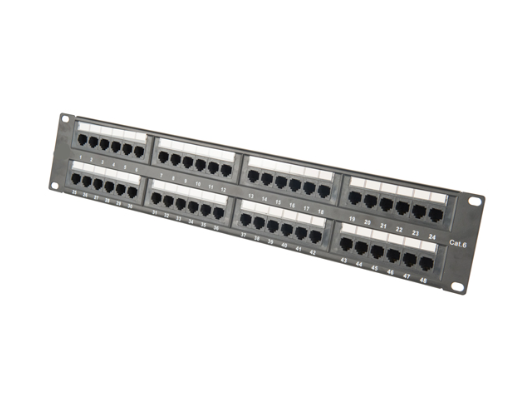News
Site Editor
 Site
https://leonetworkgroup.usa18.wondercdn.com/uploads/image/5fe152faa587d.png
Testing a power cable is crucial to ensure that it is functioning correctly and safely. A faulty cable can result in damage to equipment as well as pose a fire hazard. Here are the steps to test a power cable:Step 1: Inspect the CableBefore you begin testing, inspect the power cable for any visible damage such as cuts, frayed wires, or exposed conductors. If you see any damage, replace the cable b
Site
https://leonetworkgroup.usa18.wondercdn.com/uploads/image/5fe152faa587d.png
Testing a power cable is crucial to ensure that it is functioning correctly and safely. A faulty cable can result in damage to equipment as well as pose a fire hazard. Here are the steps to test a power cable:Step 1: Inspect the CableBefore you begin testing, inspect the power cable for any visible damage such as cuts, frayed wires, or exposed conductors. If you see any damage, replace the cable b
How To Test A Power Cable
Views: 364
Author: Site Editor
Publish Time: 2023-07-14
Origin: Site
Testing a power cable is crucial to ensure that it is functioning correctly and safely. A faulty cable can result in damage to equipment as well as pose a fire hazard. Here are the steps to test a power cable:
Step 1: Inspect the Cable
Before you begin testing, inspect the power cable for any visible damage such as cuts, frayed wires, or exposed conductors. If you see any damage, replace the cable before testing it. Additionally, check that both ends of the cable are securely connected to the device and the power source.
Step 2: Test the Voltage
Use a multimeter to test the voltage of the power cable. Set the multimeter to measure voltage and touch the probes to the metal connectors at both ends of the cable. The reading should be within the voltage range of the device for which the cable is intended.
Step 3: Test for Continuity
Continuity testing checks whether there is an uninterrupted flow of electrical current through the cable. Set the multimeter to continuity mode and touch one probe to each of the metal connectors at either end of the cable. If the multimeter emits a beep or shows a reading of zero, the cable has continuity.
Step 4: Test for Shorts
Shorts occur when the electrical current flows through unintended paths in the circuit. This can cause damage to the device and pose a fire hazard. To test for shorts, set the multimeter to resistance mode and touch one probe to each of the metal connectors at either end of the cable. A reading of zero indicates a short in the cable.
Step 5: Test for Ground Fault
A ground fault occurs when the electrical current escapes the circuit and flows into the ground. This can lead to electrocution and fires. To test for ground fault, set the multimeter to resistance mode and touch one probe to one of the metal connectors and the other probe to the ground or the metal casing of the device. A reading of zero indicates a ground fault in the cable.
In conclusion, testing a power cable is a necessary step to ensure the safety of yourself and your equipment. By following these steps and knowing what to look for, you can identify any potential issues and replace the cable if necessary.
If you want to know more about industrial network cabinet,china fiber optic splice closure,china fiber optic distribution box,please consult the fiber optic splice closure factory









